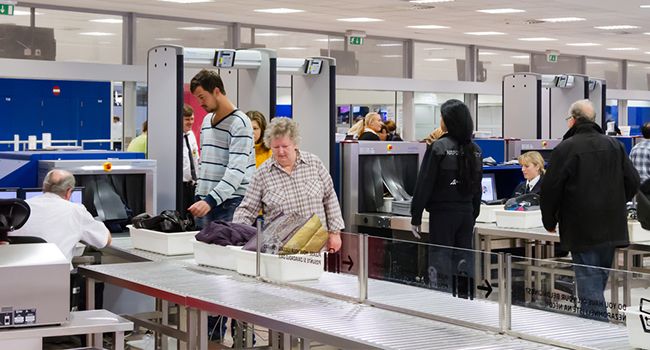
Airport to Allow Non-Ticketed Persons to Pass Security
Pittsburgh International has been approved by the Transportation Security Administration to allow non-fliers regular access past its security gate, making the airport the first to do so since security measures increased after 9/11.
Pittsburgh International has been approved by the Transportation Security Administration to allow non-fliers regular access past its security gate, making the airport the first to do so since security measures increased after 9/11.
Starting Sept. 5, non-ticketed customers can pass through security alongside fliers, undergoing the same screening. They will also be required to show ID so they can be vetted against no-fly lists.
“Participants should be prepared to receive the same level of security screening as travelers and should ensure they’re not carrying any prohibited items such as weapons before coming through the security checkpoint,” TSA spokesman Mike England says in a statement. “We look forward to working with the airport on this program.”
Access will initially be allowed only on weekdays between 9 a.m. and 5 p.m. through the new “myPITpass” program, but officials say it could be expanded if it the effort proves popular.
When Pittsburgh International opened its terminals in 1992, the airport was anchored by its impressive Airmall, a collection of stores that was more uncommon at the time. The retail shops proved popular among fliers and non-fliers alike. The airport even touted "street pricing" for Airmall stores, promising customers there wouldn't be a big mark-up just for shopping in the terminal.
The just-announced security change could mean an improvement in sales for the Airmall.
PIT has occasionally offered non-ticketed fliers access to post-security terminal areas during special one-off holiday events which have been a boom for business, according to Ben Zandi, CEO of Fraport USA that operates PIT’s Airmall and airport concessions.
“The sales improve 100%,” Zandi said. “I’m happy to get any increase; we’re optimistic.”